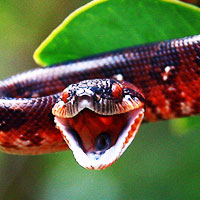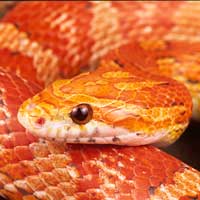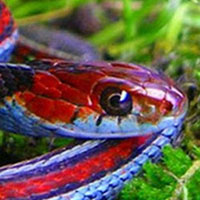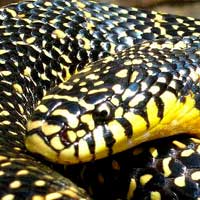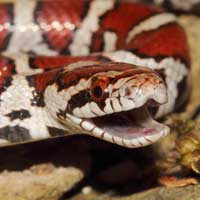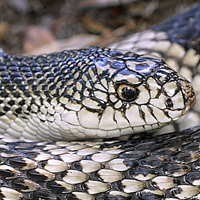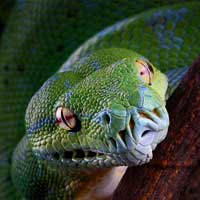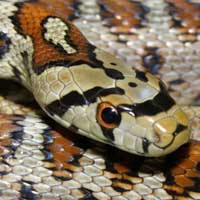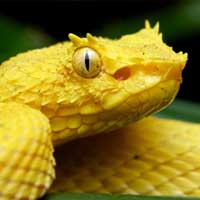Unveiling the Mysteries of the Boelens Python
The scientific name of the Boelens Python is Simalia boeleni, and it belongs to the Pythonidae family, which includes non-venomous constricting snakes commonly referred to as pythons.
Scientific Name: Simalia boeleni
Snake Family: Pythonidae
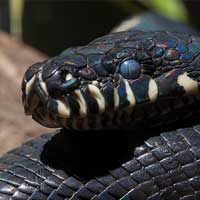
Introduction to the Boelens Python
The Boelens Python (Simalia boeleni), also known as the Black Python, is a rare and stunning species native to the mountain forests of New Guinea. Known for its iridescent black scales and impressive size, this non-venomous snake is highly sought after by reptile enthusiasts. This guide explores everything you need to know about the Boelens Python, from its habitat to its care requirements, making it a must-read for anyone interested in this captivating species.
Where Does the Boelens Python Thrive?
The Boelens Python inhabits the high-altitude forests of New Guinea, where the climate is cool and humid. Its unique environment shapes its behavior and care needs.
- Geographic Range: Papua New Guinea and Indonesian New Guinea.
- Preferred Habitat: Montane forests at elevations of 1,000 to 2,000 meters.
- Climate: Cool temperatures ranging from 65°F to 75°F with high humidity levels.
| Region | Habitat Type | Key Features |
|---|---|---|
| Papua New Guinea | Montane Forests | Cool, humid environment |
| Indonesian New Guinea | Forest Edge | Thick vegetation, moderate temperatures |
Understanding the Diet of the Boelens Python
As a carnivorous species, the Boelens Python primarily feeds on mammals and birds in the wild. Its diet adapts well to captivity with proper planning.
- Natural Diet: Small mammals, birds, and occasionally reptiles.
- Feeding Frequency:
- Juveniles: Every 5-7 days.
- Adults: Every 10-14 days.
- Captive Feeding Tips:
- Offer pre-killed or thawed rodents for safety.
- Maintain a regular feeding schedule to reduce stress.
- Provide appropriately sized prey to match the snake’s girth.
Behavior and Temperament of the Boelens Python
The Boelens Python is known for its relatively shy and secretive nature. Understanding its behavior is essential for successful care and handling.
- Activity Patterns: Crepuscular, with activity peaks at dawn and dusk.
- Defensive Behavior: Rarely aggressive but may hiss or retreat when threatened.
- Human Interaction: Can become accustomed to handling with patience and consistency.
This python’s calm demeanor makes it a rewarding species for experienced keepers willing to invest time and effort.
Ensuring the Health and Longevity of the Boelens Python
With proper care, the Boelens Python can live 20-30 years in captivity. Maintaining their health requires attention to specific environmental and dietary needs.
- Common Health Issues:
- Respiratory infections due to inadequate humidity.
- Shedding problems (dysecdysis) from low humidity.
- Parasites such as mites and ticks.
- Preventive Measures:
- Ensure humidity levels of 60-80%.
- Provide a temperature gradient with a basking spot of 85°F.
- Conduct regular health checks and clean the enclosure frequently.
Breeding the Elusive Boelens Python
Reproducing the Boelens Python in captivity is challenging but achievable with careful attention to environmental factors.
- Mating Season: Early spring.
- Clutch Size: Typically 5-10 eggs.
- Incubation Period: 60-70 days at temperatures of 86°F.
- Breeding Tips:
- Gradually lower temperatures to mimic seasonal changes.
- Provide a suitable nesting area for the female.
- Monitor incubation conditions closely for successful hatching.
Handling and Caring for a Boelens Python
Caring for a Boelens Python requires a spacious enclosure, a stable environment, and consistent routines to ensure its wellbeing.
- Enclosure Requirements:
- Minimum size: 6’ x 3’ x 2’ for adults.
- Provide multiple hiding spots and climbing structures.
- Maintain a temperature gradient for thermoregulation.
- Handling Tips:
- Handle gently and support the snake’s full body.
- Avoid handling during shedding or after feeding.
- Wash hands before and after handling to prevent contamination.
By meeting these requirements, you can ensure a healthy and stress-free life for your Boelens Python.
